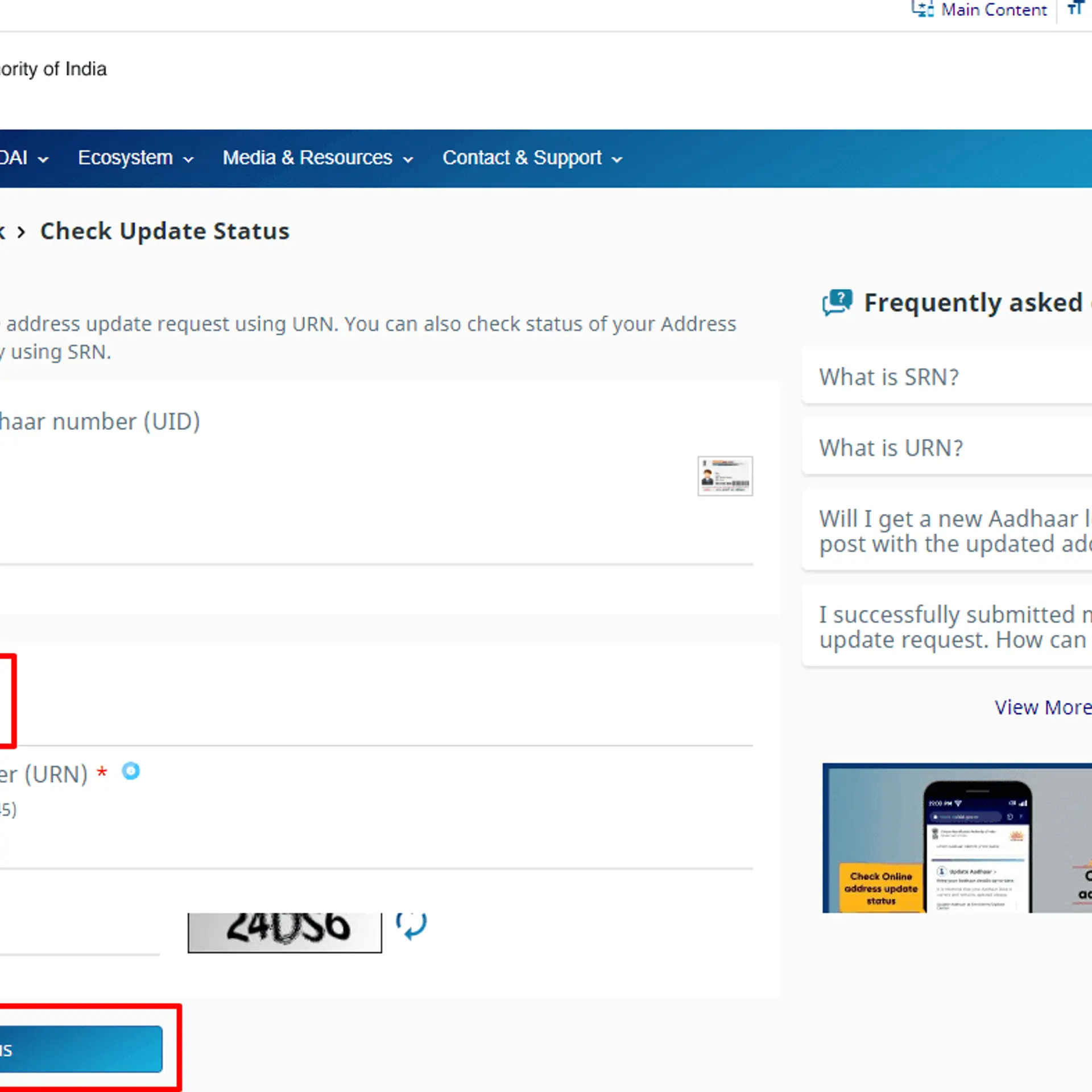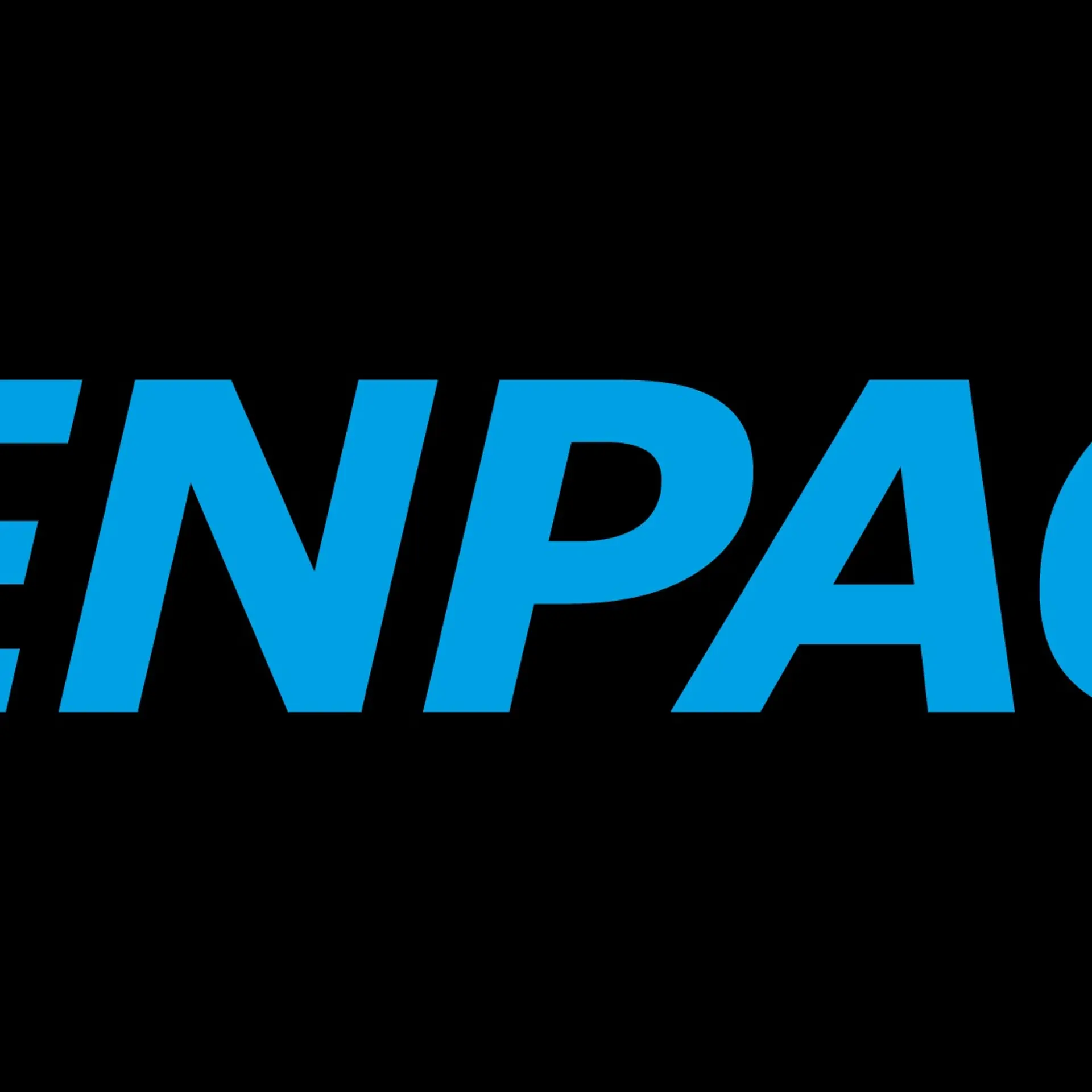

How connected vehicles are being supported by transportation predictive analytics
As the popularity of the Internet of Thighs (IoT) continue to surge all across the globe, it rapidly gets incorporated in several technological spheres. Connected vehicles being one of the most recognised outcomes of IoT technology, is something that seems to come right out of a Hollywood science fiction movie. The latest generation of high-end and mid-range vehicles are being equipped with built-in sensors. These sensors bring in cutting-edge features such as greater safety of vehicles, engine performance, and vehicle usage data tracking and automated driving capabilities. In addition, these sensors are connecting vehicles and enabling them to communicate with each other. Some of the latest versions of connected cars are capable of generating real-time information regarding traffic flows. Such type of information is obtained using transportation predictive analytics and simulation technology.
Global Vehicular Traffic Volumes Reaching Sky High
The number of vehicles, especially in the emerging countries has been increasing in leaps and bounds over the past couple of years along with the transportation infrastructure that has reflected a sizeable growth. The large-scale migration from rural to urban areas is exerting tremendous pressure on roadways, hence, resulting in lake of safety in public transportation, poor traffic management, overcrowded roads, poor road condition and parking hassles. Which is why automakers are using predictive analytics and simulation technology to gather data for the purpose of easing up transportation difficulties through built-in vehicle sensors and analyse it to develop meaningful solutions. Data analysis is considered as an effective tool for identifying traffic flows and also helps in enhancing traffic movements as well as reduce congestion while improving the overall road experience.
Demand for Data Driven Information Continues to Rise from Transit Companies
Over the recent past, the use of real-time data driven information has grown significantly, particularly amongst transit companies. For instance, companies such as Uber and Lyft are using predictive analytics to understand the demand-supply ratio between cabs and passenger volume. Using technologies such as computer simulation and predictive analytics, transit companies are able to spot out areas that have relevantly higher demand and also calculate the frequency of cabs in such areas. In this case, information would be sent to the drivers for them to reach their location and additional assistance is offered based on the needs of the situation. As per a report published by Future Market Insights (FMI), the global market for transportation predictive analytics and simulation reached a valuation of 1,550.0 Million in 2016, which projected to grow to a staggering US$ 3,916.6 Million by 2027-end.
Software based global transportation predictive analytics and simulation services account for over 90% of the overall market. FMI in its report has profiled some of the prominent companies that offer advanced simulation and predictive analytics solutions which include, Xerox Corporation, IBM Corporation, PTV Group, SAP AG, Space-Time Insight, Cubic Corporation, T-Systems International GmbH, Tiger Analytics Inc., Cyient-Insights and Predikto Inc. Apart from road transportation, the application of such technologies is projected to expand to a significant extent in the airline industry as well. This, in turn, is expected to create more business opportunities for market players. Based on region, North America homes some of the top-notch companies that developed state-of-the-art infrastructure for various modes of transportation including road transport. The region is expected to remain a dominant market for transport predictive analytics and simulation in the foreseeable future.





